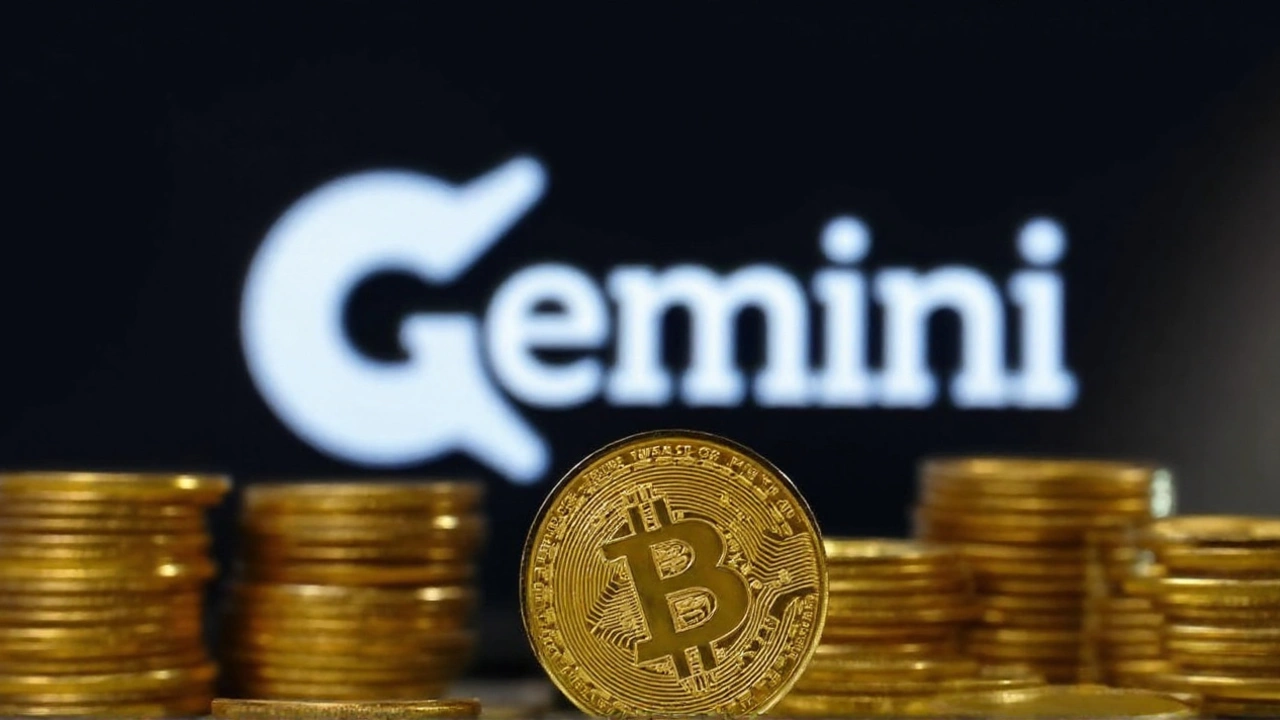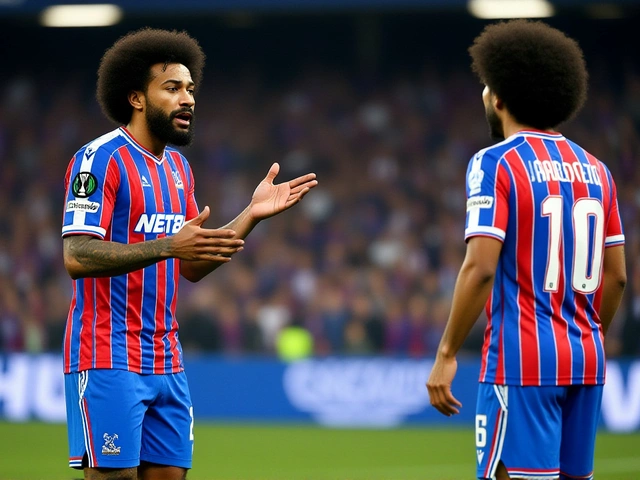What Does Oversubscribed Really Mean?
You've probably seen the word "oversubscribed" on ticket sites, course listings, or even tech launches. It simply means more people want it than there are spots available. Think of a sold‑out concert or a yoga class that fills up before you finish reading the description. The idea is the same everywhere: demand outpaces supply.
Why Things Get Oversubscribed
There are a few common reasons. First, scarcity creates buzz. When something feels exclusive, folks rush to claim it. Second, good marketing can attract a huge audience fast – a new iPhone release or a high‑profile sports event draws crowds from all over. Third, timing matters; a limited‑time offer or a seasonal promotion can push interest beyond the available slots.
Handling Oversubscription Like a Pro
Don't panic if you miss the first round. Sign up for waitlists – many organizers give a second chance to those at the top of the list. Set alerts on your phone or email so you know exactly when the next batch opens. If you can, act early; pre‑registration often guarantees a spot. For events that keep filling up, consider secondary platforms or resale options, but check the rules to avoid scams.
Another tip is to look for alternative dates or venues. A popular training session might have a similar class the following week with fewer participants. Sometimes switching to a nearby location gives you the same experience without the rush.
Finally, stay flexible with your expectations. If you really want that limited‑edition gadget, think about buying from a trusted retailer after the launch hype dies down. Prices may settle, and you'll still get the product you wanted.
Oversubscription is a signal that something is in demand – and that can be a good thing. By understanding the reasons behind it and using simple strategies like waitlists, alerts, and alternative options, you can turn a crowded situation into a manageable one. Keep these tricks handy, and the next time you see "oversubscribed," you'll know exactly how to act.





